iPhone 13 — here’s where Android phones still win
iPhone 13 — here'southward where Android phones still win

The iPhone xiii is an excellent phone. Actually, according to our global editor in chief Marker Spoonauer, the iPhone 13 Pro Max is the all-time phone always made. But even with Apple tree grazing the heels of perfection, its latest handsets are missing features that have been standard in the Android infinite for some time. And no, nosotros're not just talking well-nigh existence able to play Game Boy emulators.
While iPhone 13 Pro buyers might merely be getting accustomed to 120Hz displays and faster charging, those are features that fifty-fifty budget-minded Android fans already enjoy. And it'southward not merely screen refresh rates. Standard features includes punch-pigsty cameras to forego the demand for an obtrusive notch, periscope lenses for increased zoom and USB-C charging. If there's anything that prevents Apple tree from achieving mobile perfection, information technology is the phone maker'southward stubborn attitude toward adopting what's prevalent.
Either way, beneath are some things that Android just does better than iPhone xiii.
- Take a await at our iPhone 13 review
- The best phones correct now
- Plus: Apple tree leaker says iPhone fourteen will kill this model
iPhone vs. Android: Fast charging
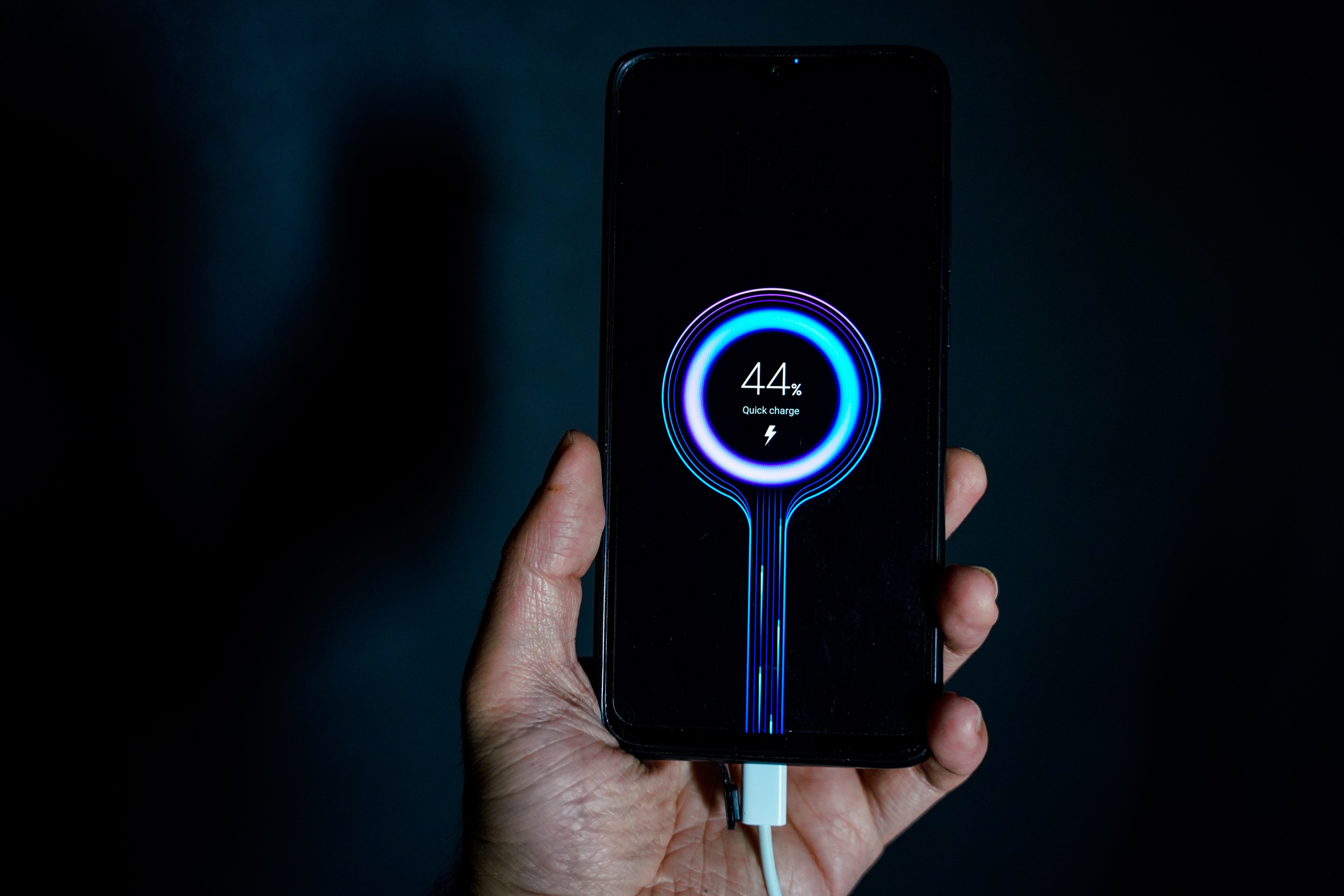
Information technology'south stunning that the $999 iPhone xiii Pro has a max wired charge speed of 20W. When looking at our fastest charging phones roundup, the OnePlus nine and the Asus ROG Phone 5 both offering 65W charging speed. The Huawei Mate XS has a charge speed of 55W, which is more than double what the latest iPhone supports. And sitting at the top is the Xiaomi Mi 10 Ultra, which has an phenomenal 120W accuse charge per unit.
Now, Apple tree might argue that such fast charging would degrade the iPhone's battery over fourth dimension. And considering that Apple devices tend to concluding 2 to 4 years longer than equivalent Android flagships, that argument is conceivable. Even then, being able to rapidly top off your phone before heading out the door is an incredibly handy feature. While information technology's definitely not brand-or-break, it does add a win to the Android column.
iPhone vs. Android: Fast refresh displays as standard
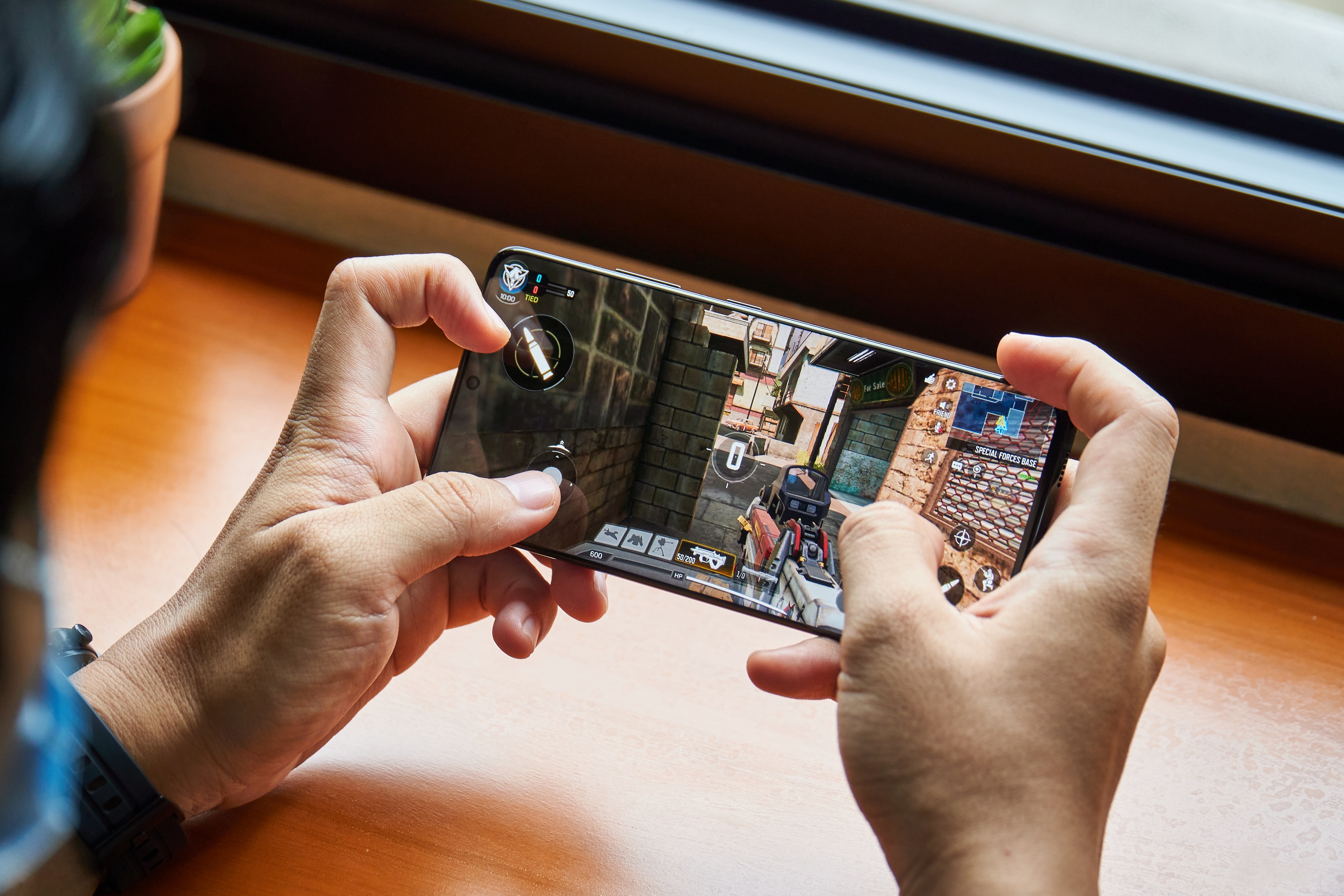
Information technology's baffling that the $699 iPhone thirteen mini, in 2021, still has a 60Hz display. Some reports suggest that the crunch caused by the Covid-19 pandemic has led to manufacturing woes in which Apple had to prioritize high refresh displays for its Pro and Pro Max models. Regardless of the reasoning, at the finish of the day, the iPhone consumer loses.
Pretty much every Android flagship comes with a fast refresh display, whether information technology be 90Hz or 120Hz. Even concluding year'southward more budget conscious Samsung Galaxy S20 Fe had a 120Hz LCD brandish console. Gaming phones like the Asus ROG Phone 5 characteristic a 144Hz display.
But still, these are all handsets that start at $700. It's to be expected, on Android at least, that phones in this cost range would excel in zippier displays. The Poco F3 GT, which is limited to South Asian markets, has a 120Hz display. And the cost? 26,999 rupees, or around $366 dollars. Our sister-site Techradar reviewed the Poco F3 GT and gave it high marks considering its affordable price.
But cheaper phones with fast-refreshing displays aren't limited to overseas markets. Hither in the U.S., the OnePlus Nord N200 5G has a display that refreshes at 90Hz, and information technology can be yours for less than $300.
iPhone vs. Android: In-brandish fingerprint sensors
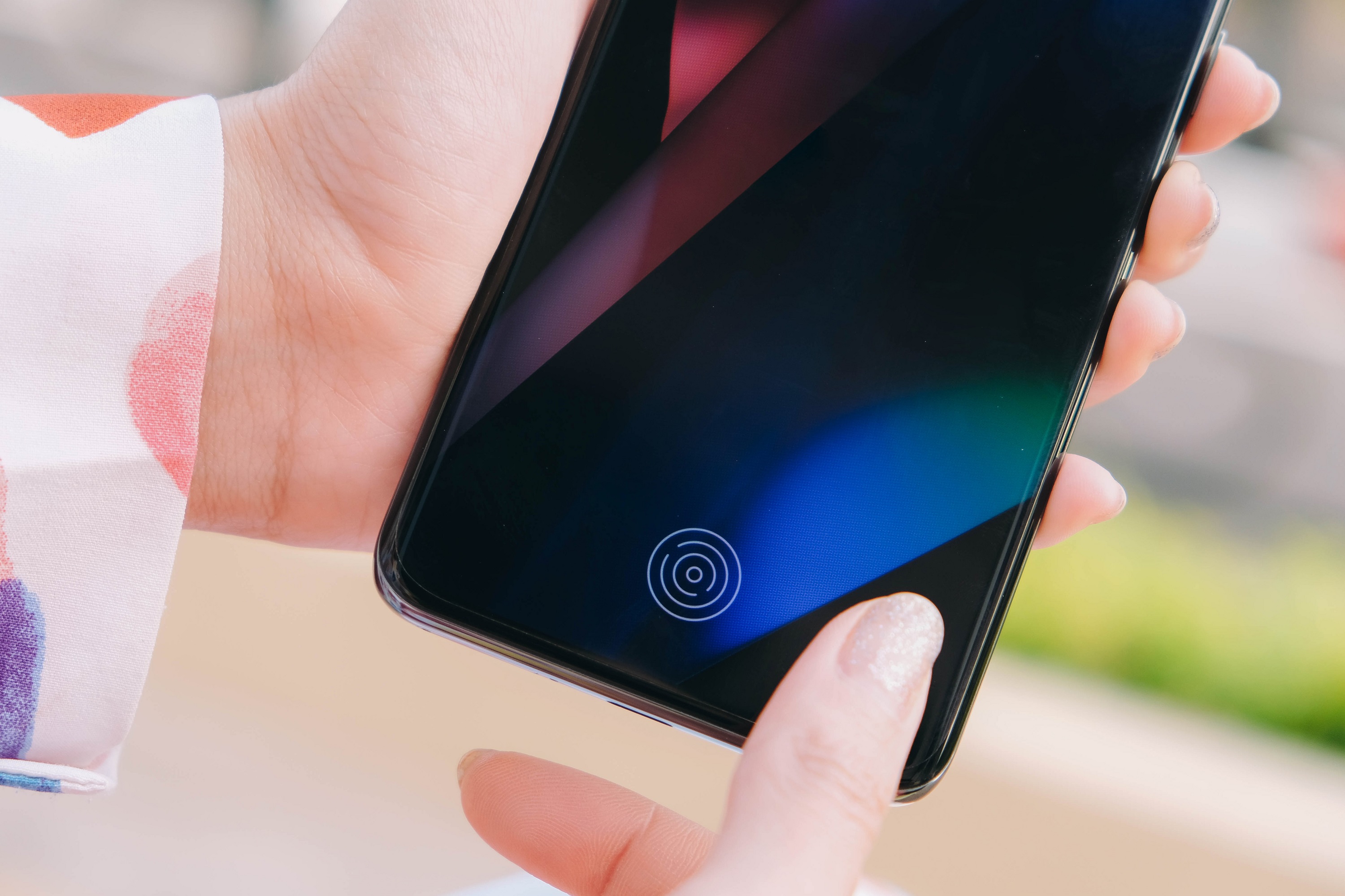
Amidst the Apple tree true-blue, 1 of the biggest disappointments from the iPhone 13 launch is the absence of Affect ID. E'er since the iPhone X, Apple has opted out of touch metrics in favorite of more complicated facial recognition applied science. While Apple might argue its approach is more secure — Confront ID tin can authenticate mobile payments, after all — Apple tree fans have found constantly having to point phone to face to be an annoyance.
In dissimilarity, under-display fingerprint recognition remains a fixture on Android devices. The contempo Samsung Galaxy S21 has nether-display fingerprint recognition that'southward snappy. The new Samsung Galaxy Z Fold three has a thin fingerprint push on the side of the phone that unlocks with ease.
Sometimes Apple can get and then gung-ho well-nigh implementing a new feature that it loses sight on what people liked about the original. And with people continuing to vesture Face ID-foiling confront masks these days, having another mode to unlock the iPhone would take been a welcome add-on.
iPhone vs. Android: Better zoom features
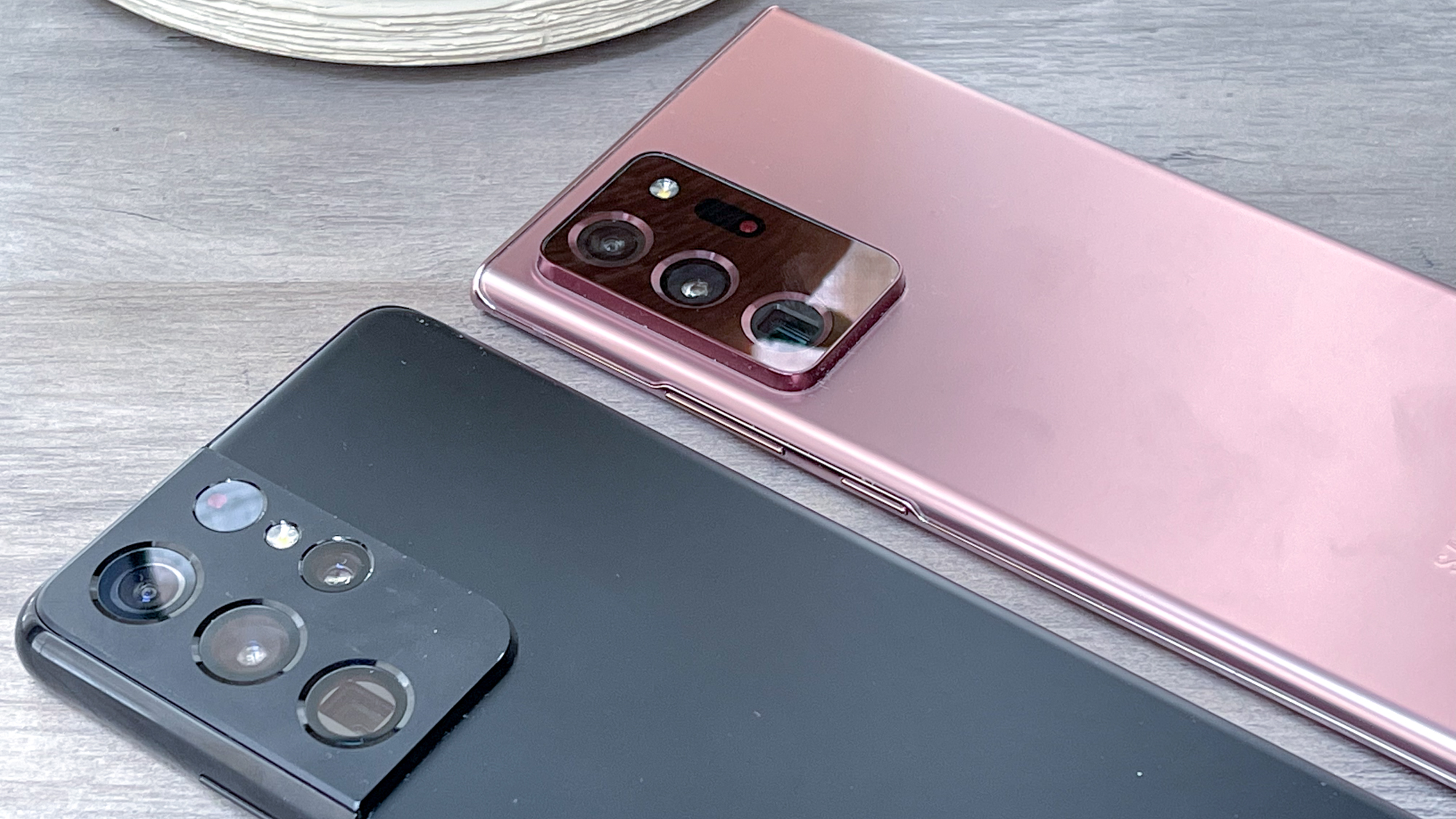
The iPhone 13 has some of the all-time mobile cameras in the business. (There'due south a reason the new models peak our list of best camera phones.) The 12MP sensors that Apple tree has stuck to with the last few generations produce authentic pictures with great particular. Just in that location are tradeoffs, namely in zoom.
By sticking with the 12MP sensor, there's simply less resolution when punching in on a shot. Now, Apple'south engineers would debate that bottom pixels on such a pocket-size sensor means more than light can be absorbed per pixel. And the physics of this make sense. But, as is the example with Samsung's new ISOCELL GN5 camera sensor, new technologies at present be that can let groups of pixels absorb lite together to deed every bit one big pixel.
In terms of lenses, the iPhone thirteen has a standard lens stack. That limits the phone to 3x optical zoom. If Apple had implemented a periscope lens, which stacks glass horizontally instead of vertically, similar in the Samsung Galaxy S21 Ultra, it could allow Apple to attain the 10x optical zoom that Samsung fans are enjoying at present.
iPhone vs. Android: No notch
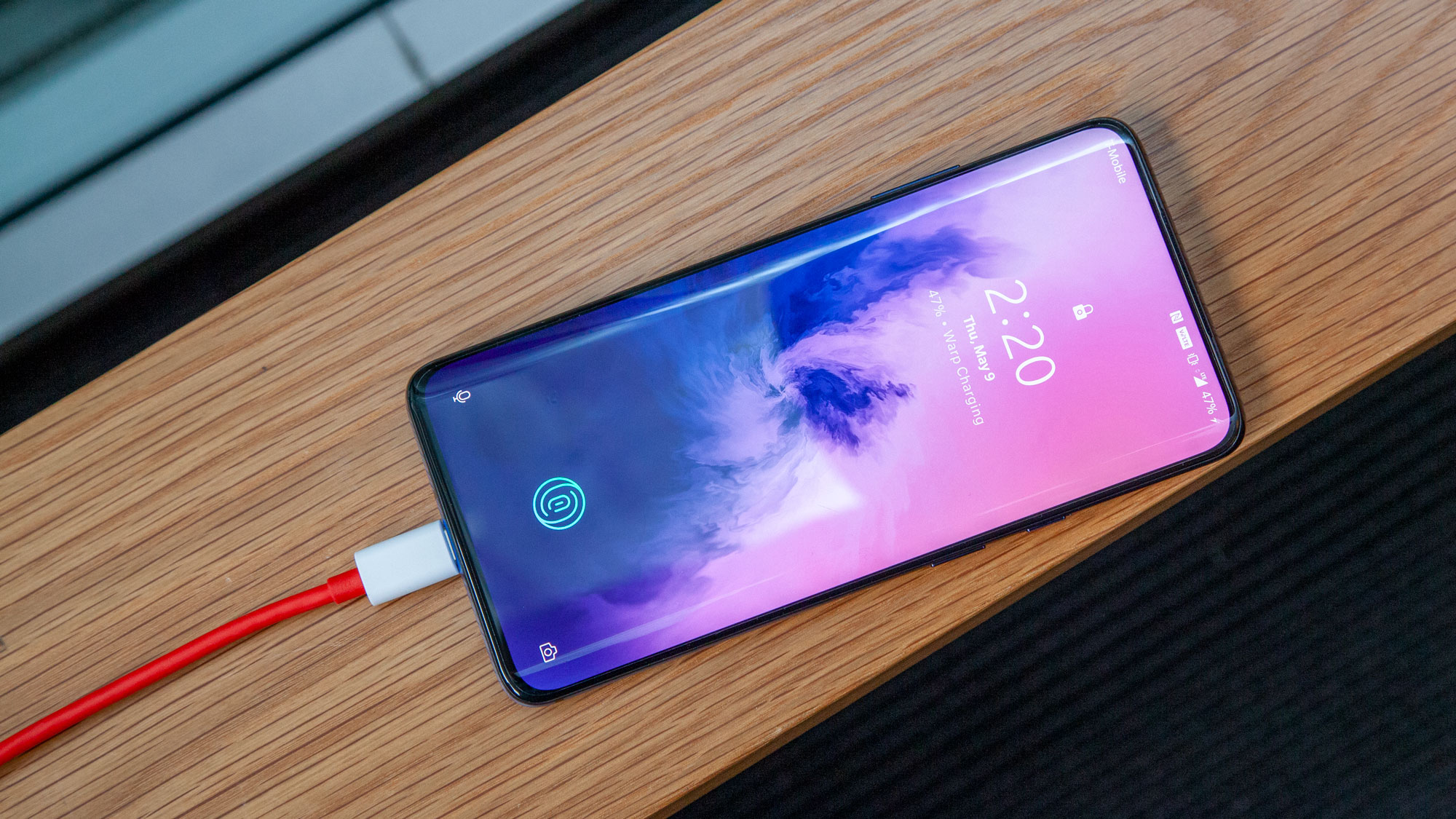
When Apple introduced the notch with the iPhone Ten back in 2017, a agglomeration of other Android phone makers followed with various photographic camera cutouts that ate into the display. Quickly, Android phone makers phased out obtrusive notches for hole punch camera cutouts or fifty-fifty nether-display camera tech. Merely four years later on, Apple tree persists with the notch and its array of face up detecting sensors.
This ultimately makes the sleek iPhone thirteen look dated to other Android handsets past comparison. Of form, the Apple true-blue would debate that the the notch is necessary, as current under-brandish camera tech is mediocre and facial biometric recognition is best for security. Merely when phones similar the OnePlus seven Pro had a truly seamless unhindered brandish (thanks to putting the selfie camera in a pop-out mechanism), it shows that at that place's still plenty Apple could take done to push the notch out.
iPhone vs. Android: USB-C
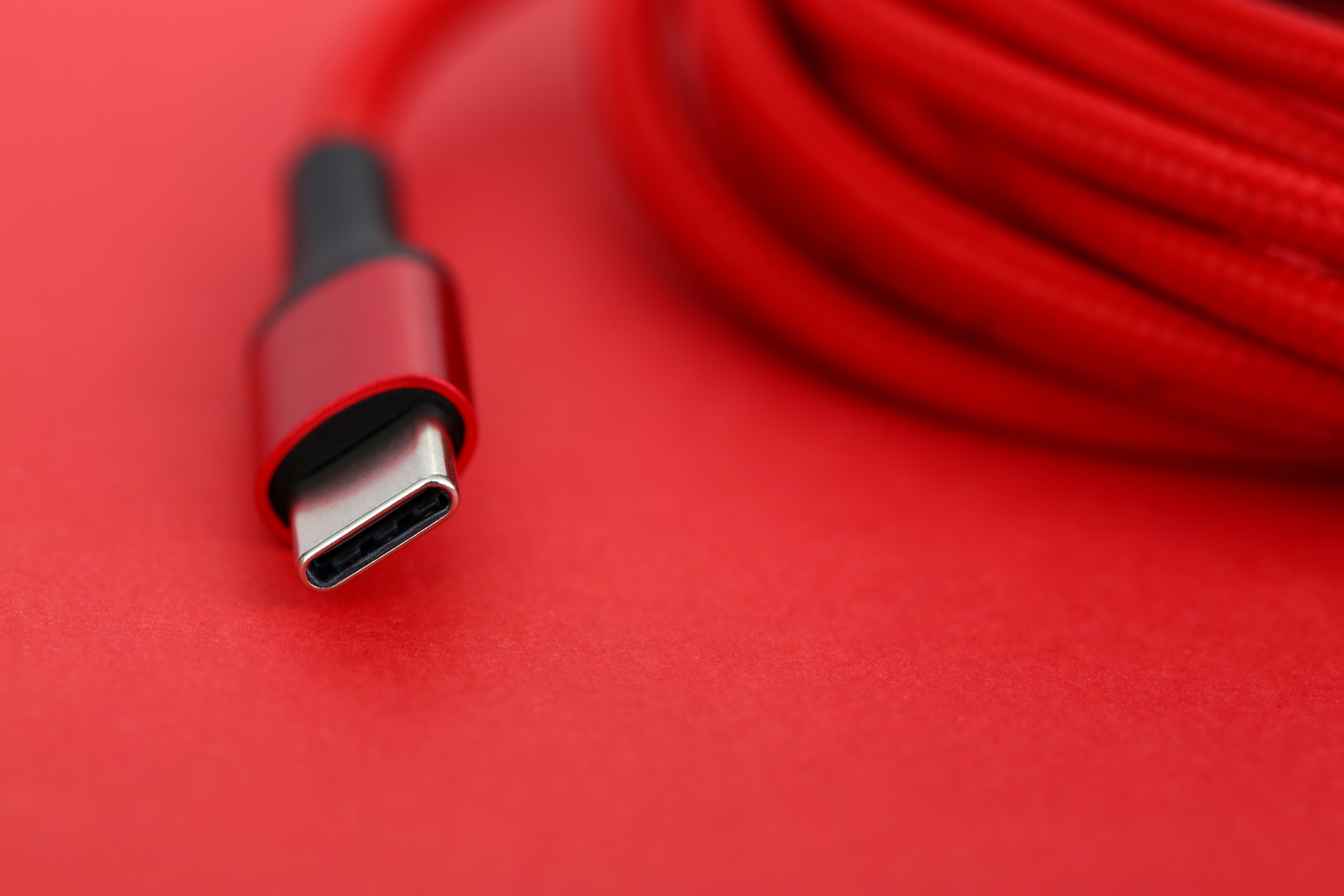
In the tech world, Apple'south Lighting port is like some vestigial remnant that in one case was miles better than the USB equivalent, just has now been outmatched and outclassed in every unmarried way.
Apple tree simply will not go rid of the damn Lighting cable. Fifty-fifty though Apple has switched to USB-C for the MacBook Pro, MacBook Air, iPad Pro and the upcoming iPad mini 6. It means that hardcore Apple fans will need to bring 2 sets of cables with them when traveling. It's an annoyance, and at this bespeak, seems vindictive.
Android switched to USB-C years ago and has stuck with it since. It'southward a global standard and easily works across devices.
The Lightning port is Apple hubris, plainly and simple.
- More: iPhone xiii vs. iPhone thirteen Pro: Which should you choose?
Source: https://www.tomsguide.com/news/iphone-13-heres-where-android-phones-still-win
Posted by: jeffersonmoratte.blogspot.com


0 Response to "iPhone 13 — here’s where Android phones still win"
Post a Comment